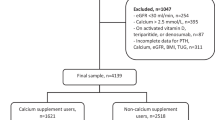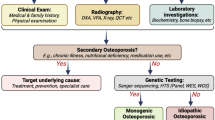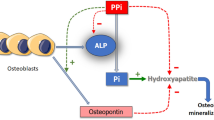Abstract
The formation of urinary stones is presumed to be associated with polymorphism of the osteocalcin gene. The most frequently seen polymorphism is the Hind III type located at the promoter region. This polymorphism has been used as a genetic marker in the search for a correlation between urolithiasis and normal subjects. In our study, a normal control group of 105 healthy people and 102 patients with calcium oxalate stones were examined. The polymorphism was seen following polymerase chain reaction-based restriction analysis. The results revealed no significant differences between normal individuals and stone patients (P=0.978), and distribution of the TT homozygote in the control group (42.9%) was similar to that in the patient group (42.2%). Further categorization of the stone patients into normocalciuric and hypercalciuric groups also revealed no statistical differences from controls. We conclude that Hind III polymorphism of the osteocalcin gene is not a suitable genetic marker of urinary stone disease. Further searches for other polymorphisms on this gene correlated with stone disease are suggested.
Similar content being viewed by others
Author information
Authors and Affiliations
Additional information
Received: 25 August 2000 / Accepted: 27 December 2000
Rights and permissions
About this article
Cite this article
Chen, WC., Chen, HY., Wu, JY. et al. Osteocalcin gene Hind III polymorphism is not correlated with calcium oxalate stone disease. Urological Research 29, 98–101 (2001). https://doi.org/10.1007/s002400100169
Issue Date:
DOI: https://doi.org/10.1007/s002400100169




